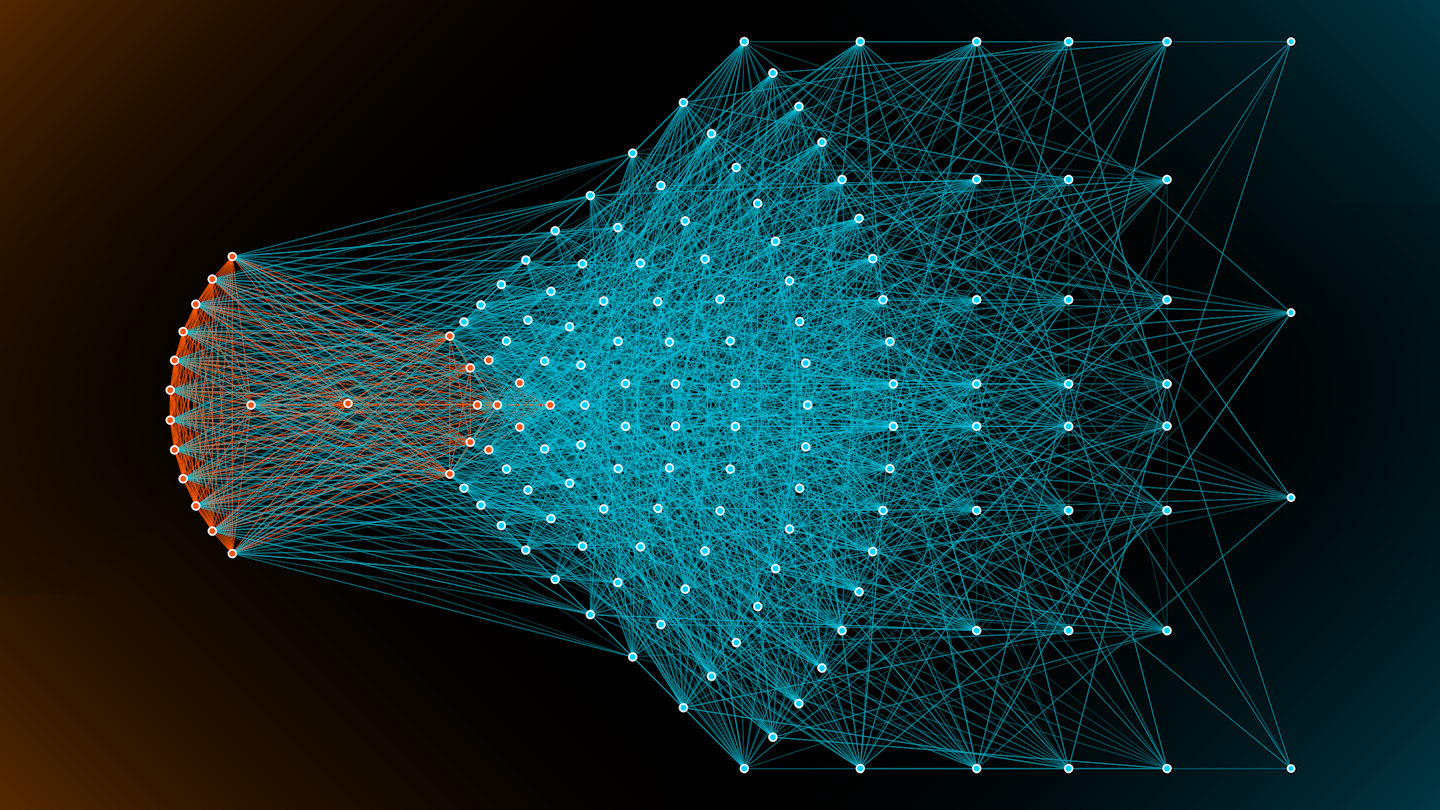
Neural networks are a type of machine learning algorithm that are inspired by the structure and function of the human brain. They are composed of layers of interconnected nodes or “neurons” that process and transmit information. Each neuron receives input from other neurons, performs a computation on that input, and then sends the output to other neurons. This allows the network to learn and make decisions based on large amounts of data.
Neural networks have many applications in artificial intelligence, including image and speech recognition, natural language processing, recommendation systems, and autonomous vehicles. They are particularly useful for tasks that involve complex patterns, such as recognizing objects in images or understanding natural language.
There are several types of neural networks, including:
- Feedforward Networks: These are the simplest type of neural network, where the information flows only in one direction, from input layer to output layer, without any feedback loops.
- Recurrent Neural Networks (RNNs): These networks have feedback connections, which allow the information to flow in a loop, allowing the network to keep track of information over time. RNNs are used for tasks such as speech recognition, language translation, and text summarization.
- Convolutional Neural Networks (CNNs): These networks are designed to process data with grid-like topology, such as an image, using convolutional and pooling layers. CNNs are used for image recognition, object detection, and facial recognition.
- Deep Belief Networks (DBNs): These networks are composed of multiple layers of recurrent neural networks, and are used for tasks such as image recognition and natural language processing.
- Long Short-Term Memory (LSTM) Networks: These networks are a type of RNN that can learn long-term dependencies in data, making them suitable for tasks such as speech recognition, music classification, and time series forecasting.
- Generative Adversarial Networks (GANs): These networks consist of two components: generator and discriminator, where generator generates new data samples, and discriminator evaluates the generated samples and tells the generator whether they are realistic or not. GANs are used for tasks such as image generation, video prediction, and data augmentation.
Neural networks have many advantages, such as:
- Ability to learn from large amounts of data
- Ability to recognize complex patterns
- Flexibility and adaptability
- Improved performance over traditional algorithms in certain tasks
However, neural networks also have some disadvantages, such as:
- Requiring large amounts of labeled training data
- Difficulty in interpreting the learned representations
- Risk of overfitting
- Computational cost and requirement for powerful hardware
Overall, neural networks are a powerful tool for solving complex problems in artificial intelligence, and have been instrumental in achieving state-of-the-art performance in various domains.

Dr. Amit is a seasoned IT leader with over two decades of international IT experience. He is a published researcher in Conversational AI and chatbot architectures (Springer & IJAET), with a PhD in Generative AI focused on human-like intelligent systems.
Amit believes there is vast potential for authentic expression within the tech industry. He enjoys sharing knowledge and coding, with interests spanning cutting-edge technologies, leadership, Agile Project Management, DevOps, Cloud Computing, Artificial Intelligence, and neural networks. He previously earned top honors in his MCA.



